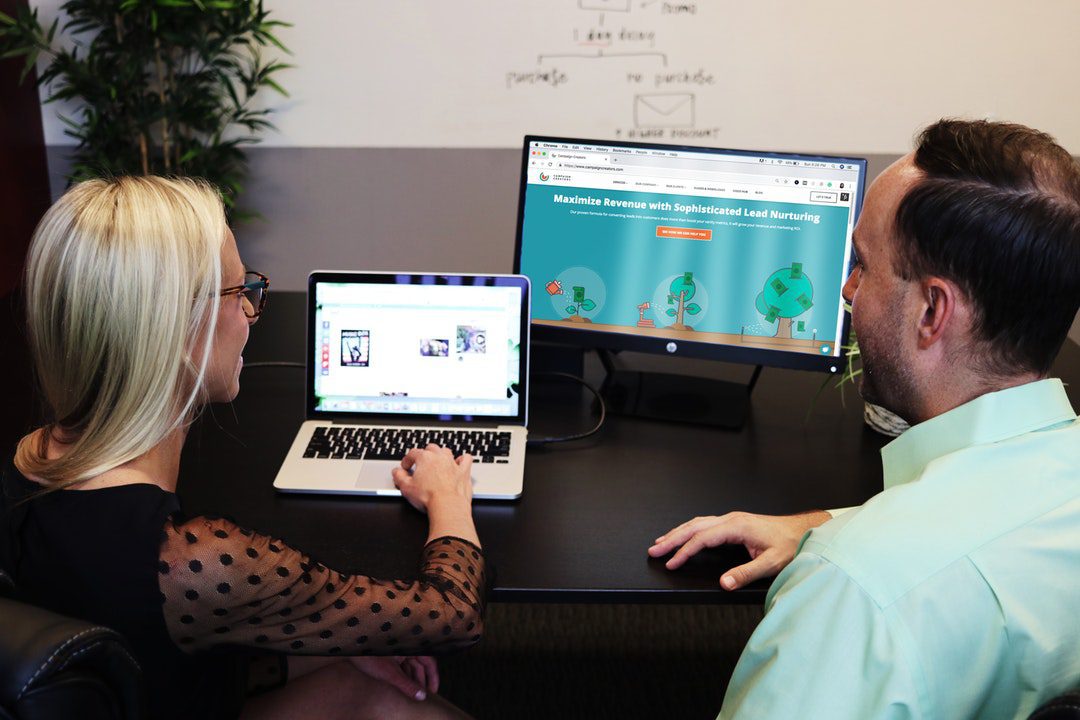The demand for online shopping is growing every year. Experts and analysts agree that this market will only grow. The trend is also towards marketplaces – when a large number of sellers are represented on one site. Plus, more and more users prefer to use smartphones rather than computers for shopping. Against this backdrop, shrewd entrepreneurs have a question — how to build a marketplace app?

How to launch your project
The creation begins with the setting of goals and objectives. The creators of the site should already be at the beginning of the journey to answer three basic questions:
- Why am I making a marketplace of this type?
- What am I going to sell?
- Who am I going to sell to?
The business model and structure are built depending on the type of project selected. It also focuses on the target group of buyers.
Target audience
The target audience is your potential customers, who can order the goods and bring profit to the sellers and the marketplace. Since such marketplaces almost always have a very wide target audience, the definition of the target audience will be constructed differently than for an online store.
Let’s start with the fact that the marketplace app has two target audiences: sellers of goods and buyers, and it is necessary to work with them separately. We will talk about this below, but for now, we will highlight the main parameters, by which you can determine your potential partners.
Given the parameters of the target audience, you can choose a development strategy. A marketplace app, created without reference to target audiences, is doomed to failure.
Timeline and budget for the launch
When you have decided on the main technical, strategic, and payment questions, you should pay attention to secondary, but no less important aspects of creating a marketplace app.
Technical support for users
A lot of technical issues may arise during the use: both from the sellers’ and buyers’ sides. That’s why it’s necessary to create a professional support service for the convenience of both. There are two options for organizing the work of technical support: in-house and outsourced support services.
Testing and Beta Launch of the Marketplace
When the marketplace app is technically ready, you can move on to the beta testing stage, that is, launching a test version to identify problems and improve functionality. The beta launch can be divided into several stages:
- Stage 1: Recruiting an audience of potential partners. Existing online stores that are interested in expanding their outlets can become such partners.
- Stage 2: Sending out invitations to test the beta version. It is necessary to collect a database of potential partners and send out a personalized mailing with the conditions of participation in testing. If it is mass, you should not expect high partner engagement.
- Step 3. Define the testing term and provide a link to the beta version. After a partner clicks the link, they can use all the features of the marketplace app.
- Stage 4. Collecting feedback from users using a survey form or direct communication. Feedback from partners should be collected based on the results of testing to find weak points and correct errors.
- Step 5. Measure site conversion, search convenience, etc. At this stage, we work with the interface and conversion factors of visits into sales.
- Step 6. Corrections, bug fixes, and the launch of the main version.
The cost of development
The cost of developing a marketplace app will directly depend on its type. There are two types: boxed solutions and custom development.
If your goal is not to become the most popular online store and you are focused on one category of products, boxed solutions are right for you. Buying a packet with ready-made development, saves time and money to deploy a full site. Creating a ready-made boxed service will take 1-2 months and cost about $15,000. In some cases, this amount may be less.
For custom or individual development, you will need to engage a whole group of specialists who can create an online site with many additional features and pages. Custom development costs from $40,000 and can take 3 to 6 months.

Conclusions
Developing a marketplace app is a complex and responsible process that can take up to six months. Therefore, before starting development, carefully analyze the niche, and determine the marketplace strategy, as well as the means of monetization. With the right calculation, and the right marketing, and PR activities, the payback will be from 1 to 3 years, and then the site will work in profit.
To avoid difficulties in developing and launching a marketplace app, you need to pay attention to the following aspects:
- Choose the development team responsibly as much as possible.
- Make a detailed plan specifying all the business processes and stages of interaction with users within the service.
- The specialists should be of a high level, know about launching new projects, and have experience with large online stores and trading platforms.
- The internal interface and structure of the site should be intuitively understandable to the user. There should be no complicated algorithms that could alienate clients who are first-time visitors to the resource.
- Product catalogs should be created based on generally accepted and known categories. There is no need to invent your own, enough to analyze in detail the site competitors, as well as use the ratings of popular queries and categories. In the future, listen to user requests, upgrade existing product categories, or create new ones.
- Develop a detailed marketing strategy that includes online and offline promotion of the project. All channels and sources of communication with each target audience should be considered from the very beginning.
The main problems that almost everyone who has ever been involved in developing a marketplace app faces are:
- Always allow more time for developing the platform itself. You will not be able to create a perfect product the first time. There will always need to be tweaks and changes.
- Choose efficient staff, even if it takes a lot of time and effort.
- Make sure that no information is leaked before the project is launched. This threatens to increase competition from other market players and possible reputational risk.








